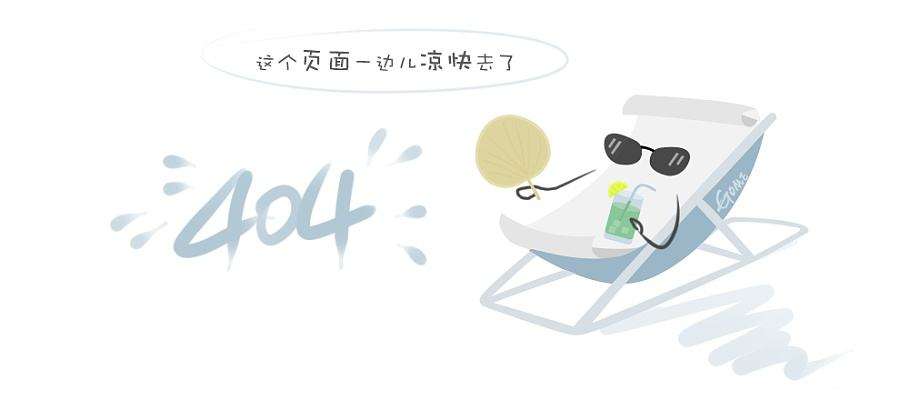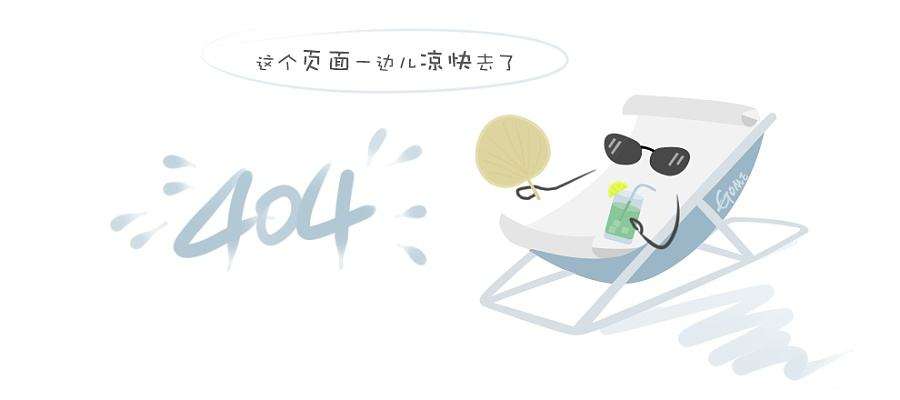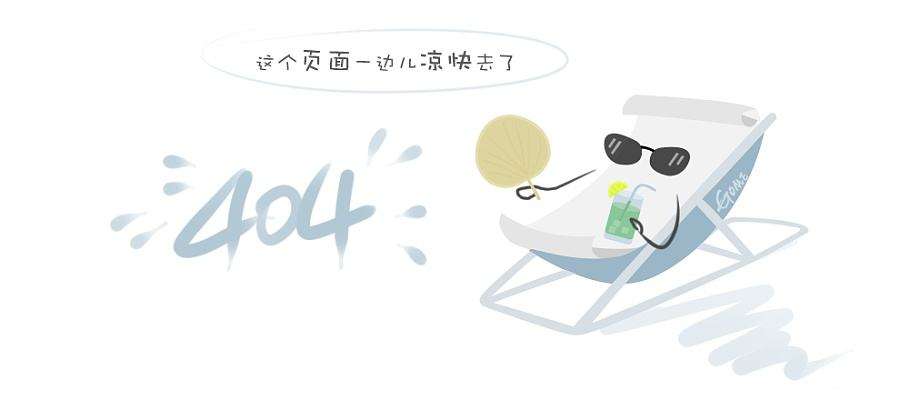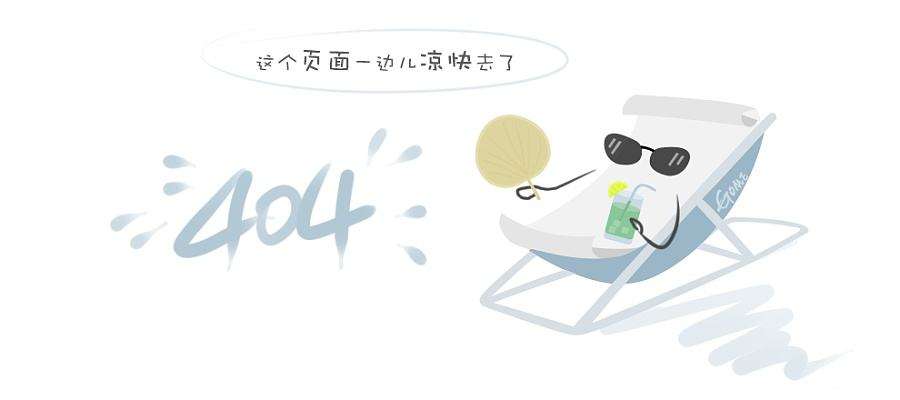thedreamofacleanlake:aninvestigationofthedalierhailakewaterenvironmentmanagementpppproject/yunnandaily-欧洲杯在线开户
2015-11-09

source: yunnan daily; reporters: li sha, yang shuyan; time: november 9, 2015
greener cang mountain and cleaner erhai lake create a better life for people in dali. in january this year, general secretary xi jinping took a photo by the erhai lake, and placed high hopes on a clean and clear erhai lake. xi stated, “we must protect the erhai lake, keeping the picturesque beauty of the cang mountain and erhai lake for the world.”
the management of the erhai lake is always a focus of yunnan. on october 11th, the dali erhai lake water environment management ppp project was launched in shuanglang, an emerging resort, and a provincial famous historical and cultural town, opening a new page for the protection of the erhai lake.
as one of the 18 ministry of finance demonstration ppp projects, and the first standardized ppp project in yunnan, the project provides experience and a replicable model for similar ppp projects. it will completely intercept wastewater flowing to the erhai lake, fundamentally solving the problem of blocked “aorta” and underdeveloped “capillaries” faced by erhai’s wastewater treatment, making the mother lake of dali cleaner and clearer. also, it will provide a solution to the worldwide problem of plateau lake management.
erhai lake protection - alarm has been sounded
status quo
currently, the erhai lake has reached the critical point of eutrophication. along the 128 km shoreline of the lake, only 17 km is protected by interception facilities.
it was september, in the autumn wind, li jixian, director of the environmental protection bureau of dali bai autonomous prefecture, was standing on a wooden footway in gusheng village, wanqiao town by the erhai lake. looking at the choppy water, he felt the burdensome responsibility on his shoulders.
among the nine plateau lakes in yunnan, the erhai lake feeds the highest population of 800,000 people. growing population leads to increasing amounts of wastewater, which greatly challenges the water environment of the erhai lake. in 1996 and 2003, the lake was heavily attacked by blue-green algae - its water environment and ecological functions were seriously damaged. in particular, from july to september 2003, the water quality of the erhai lake deteriorated sharply, with transparency staying below one meter, the lowest in history, and in some areas, water quality even dropped to surface water quality standard class iv. this is an unforgettable bitter lesson for dali.
in the wake of increased protection efforts, the water quality of the erhai lake has remained at class iii for eight consecutive years since 2006, and even at class ii for 45 months. however, with the acceleration of urbanization, and the rapid development of the tourism industry, controlling wastewater, garbage and agricultural pollutants has become an increasingly tough task. water pollution threat is hidden like a time bomb.
2013 was a tough year for li jixian, who just assumed his post in that year. after the blood worm crisis at the end of may, in august, the erhai lake was heavily attacked by blue-green algae which even bloomed stretches in some areas. the water quality deteriorated drastically, and the water environment and ecological functions suffered severe damage, sounding an alarm to people relying on the erhai lake.
“on the evening of the mid-autumn festival, the then governor and i paddled to the middle of the erhai lake. when i looked at the stretches of blue-green algae, my heart was heavy. blue-green algae contain algal toxins. if the situation had gotten worse, the drinking water safety might have been affected.” talking about this, li jixian still had a lingering fear. although the blue-green algae gradually disappeared thanks to the weather, people’s worries about the potential danger have never disappeared.
“after the blue-green algae breakout, over 20 experts argued from morning to 2 o’clock in the afternoon. some held that the erhai lake was going downhill, and another view was that the outbreak was a normal biological change in the erhai lake. no conclusion was drawn at last.” “the ideal population around the erhai lake is 200,000, and 500,000 is the limit, but the fact is that 840,000 people,100,000 cows and 300,000 pigs are relying on the lake. the lake has already been overloaded, and the water quality has reached the critical point of eutrophication. lake protection and management is now at an important “turning point”. if we do not take effective measures, the efforts we made in the past few years will be in vain,” said li.
then, what’s the next step? at that time, a popular post titled “it is nonsense to talk about protecting the erhai lake if wastewater is not intercepted” struck a chord with li jixian. “it is impossible to really renovate the erhai lake if the wastewater problem cannot be solved. wastewater interception around the lake is the fundamental solution,” li said. he added, “among the protection measures, the 17 km southern wastewater interception channel is the most recognized and most practical one. along the 128 km shoreline of the lake, only 17 km is protected by interception facilities. i can only sigh with relief when the whole lake is protected.”
however, wastewater interception around the lake needs a lot of money. where to find the money?
new model solves the problem
overview
the total investment of the project is estimated to be rmb 4.5 billion, of which, rmb 3.49 billion will be needed by 2020 for six new wwtps, 235.38 km of sewer pipes (channels), and 17 new pumping stations.“wastewater interception around the lake was a dream too expensive to be realized for us.” according to zhang yong, deputy mayor of dali city, despite its tight budget, dali prefecture has been earmarking funds for the protection of the erhai lake since 2014, including rmb 100 million from the prefecture government, rmb 200 million from the dali municipal government, and rmb 30 million from the eryuan county government every year. however, for the mega wastewater interception project, these funds are just a drop in the ocean.
on the one hand, it was extremely urgent to speed up wastewater interception around the lake. on the other hand, the funding problem still remained unsolved. “we have discussed many ways of financing, such as syndicated loans, crowd-funding, and even land for investment, but none of them was feasible. in 2014, the ministry of finance proposed the ppp model and promoted it nationwide. it was like the first rays of sunlight that ignited our dream.” zhang yong said, “the protection and management of the erhai lake will take a long time at an enormous cost. the ppp model can not only solve the funding problem, but also lower project costs (planning, design, construction and operation), increase environmental management quality and efficiency, and alleviate the government’s short-term fiscal pressure. therefore, through detailed investigation and rigorous assessment by professional institutions, dali prefecture and the municipal governments decided to implement the dali erhai lake water environment management ppp project.
dali prefecture and the municipal governments, as joint project purchasers, screened investors through competitive negotiation, and invited 16 private investors for a market test. according to market test feedback, the implementation plan of the project was developed. the plan was later revised according to suggestions given by the yunnan provincial department of finance, and relevant dali prefecture authorities, and then submitted to the ministry of finance in june this year for a position in the national ppp demonstration project. in august, in a comprehensive assessment of five private investors, citic water industry fund management co., ltd. stood out with the highest assessment score.
“since there is no ppp experience to draw on, dali has to ‘cross the river by feeling the stones’. during plan discussions, the total investment even increased from rmb 2 billion to rmb 15 billion, and was finally determined to be rmb 3.49 billion, the most urgent and practical amount of funds,” said zhang.
following the principle of “terrain-based seamed interception system, area-based wastewater collection through pipes and channels, and general plan-based phased implementation”, the project is designed with six wwtps and corresponding pipe networks. by 2030, the total treatment capacity will reach 118,000 m3/d, and 9 new ponds will be built. by 2020, six wwtps with a total treatment capacity of 54,000 m3/d will be built across 17.9 ha.; 235.38 km of sewer pipes (channels) will be laid/built on the east, north and west banks of the erhai lake; 21.94 km of tail water pipes will be laid; and 17 new lift stations, including 12 wastewater stations and 5 tail water stations, will be built. the total investment of the project is estimated to be rmb 4.5 billion, including rmb 3.49 billion needed by 2020. funds will be raised through various channels, primarily private ones.
demonstration project with standardized management
significance
the participation of private investors in the entire project period from planning to construction to operation can effectively avoid the management defect that the government acts as both the referee and player, and prevent the occurrence of idle wwtps at the same time.
regarding the most concerned issues of operation mode and roi, xiong wenbin, deputy director of the dali prefecture bureau of finance said, “the project adopts such an operation mode where dali erhai lake protection investment construction co., ltd. (hereinafter referred to as “erhai investment company”), the government funding platform, works with citic water to set up a joint venture project company to be responsible for the design, investment, construction, operation and maintenance within the scope of cooperation until the expiration of the cooperation. the registered capital of the project company is rmb 1 billion, of which 10% was contributed by the government, and 90% by citic water.
the wwtps adopt the bot (build-operate-transfer) model, and the cooperation period is 30 years (the construction period shall be less than 3 years). during the operation period, the government pays wastewater treatment service fee to the project company according to the unit price and treatment volume of the wwtps. after the project period expires, the project company shall transfer the wwtps to the government for free. wastewater interception trunk sewers (channels) are laid/built in the dbfo (design-build-finance-operate) model. the construction period shall be no more than 3 years. the project company is responsible for the operation and maintenance of the trunk sewers (channels). service fees will be paid by the government in equal installments over 15 years on an annual basis since the day when the payment requirements are met.
it is understood that the government-funded erhai investment company will not make gains from the project - all profits arising from the project will go to the private investor. after the completion of the project, citic water will reasonably recover investment by collecting wastewater treatment service fees and trunk sewer (channel) operation service fees.
“the dali erhai lake water environment management ppp project is of important demonstration significance, and that’s why we invested in it,” said citic water cio meng jianwei. according to him, plateau lake management has always been a tough task in yunnan province and even the whole world, and the erhai lake is one of the most typical cases. “citic hopes to make the erhai lake project an example, and a benchmark for the management of plateau lakes in china,” meng said. “the ppp project is a typical embodiment of governmental administration streamlining and decentralization. in the past, wastewater treatment projects were managed by several authorities, which led to unclarified responsibilities, but now, the problem has been solved by the ppp model. in addition, in the model, enterprises are fully responsible for projects, and the government pays only when water quality meets relevant standards.” from the perspective of enterprises, in order to reduce investment and operating costs, they will constantly seek optimal solutions to maximize project benefits. “among the ppp projects that we have participated in, dali’s project has the most standardized and fair competitive negotiation mechanism,” meng said.
zhang yong pointed out that the ppp model has not only solved the most critical financing problem, but also the problem of poor operations and management faced by many erhai lake management projects through market-based approaches. “the participation of private investors in the entire project period from planning to construction to operation can effectively avoid the management defect that the government acts as both the referee and player. since enterprises rely on independent operations to recover costs, project quality can be guaranteed, the phenomenon of ‘idle projects’ will not occur, and corruption in the bidding process can be effectively avoided,” zhang said.
according to a source, public investment in the erhai lake interception project is from the municipal finance and higher-level government subsidies. at present, the yunnan provincial department of finance has allocated rmb 36 million of pre-construction and construction funds to the project, and dali prefecture has allocated rmb 20 million construction subsidy from its annual budget.
wastewater interception is the popular will
voice
“we hope that through protection measures such as wastewater interception around the lake, the younger generation can live by a clean erhai lake.” “the wastewater interception project comes just in time, and we will definitely support it.” to the west are the nineteen peaks of cang mountain, to the east are the boundless silver waves of erhai lake. shuanglang is a picturesque place known as the “most beautiful town by erhai lake”. with a growing number of tourists, a lake view hotel room costs several hundreds of yuan in the off-season, and thousands of yuan in the peak season. however, the prosperity of tourism has brought tremendous pressure on the local environment, leading to a typical conflict between tourism development and erhai protection.
due to the rain, there was a deep puddle of water at the entrance of shuanglang wwtp. a sanitation sprinkler was waiting to collect wastewater. shuanglang wwtp was built in 2009 with a daily capacity of 1,000 m3, but it still hasn’t been accepted. the reason is, according to li zhiguo, party secretary of shuanglang village, that the effluent cannot meet the class i a standard, and water treated by the plant must be discharged to a wetland for further purification.
“when the plant was built, there were only 10,000 people in shuanglang, so it was designed for a population of 20,000. however, since 2011, the number of tourists has been increasing sharply, which is unexpected. last year, shuanglang recorded over 2 million tourists, and during past spring festival holiday, over 100,000 tourists rushed into shuanglang. in peak seasons, the whole town would generate over 3,000 m3 of wastewater, which is far beyond the capacity of the plant.” he sighed, “to solve the wastewater problem, shuanglang has built five new membrane treatment facilities with a daily capacity of about 1,300 m3. the remaining wastewater can only be transported by sprinklers to other places to be treated at a cost of more than rmb 300 per truck. in peak seasons, we need four trucks for a total of 20 round-trips.
so this project is exactly what the people here are expecting, and is fully supported by all hotel operators.” according to li, the new wwtp to be built in shuanglang has a daily capacity of 10,000 m3, ten times that of the existing wwtp, and can fully satisfy the current wastewater treatment requirements. in addition, the existing sewer pipe network will also be upgraded to realize 100% wastewater collection. what’s more, the project will also solve the problem of tap water supply that has been plaguing shuanglang for a long time.
ayan is the owner of ayan hotel on yuji island, shuanglang. the young man is from shanghai. when he traveled to shuanglang, he found that this is the place that he didn’t want to leave, so he spent nearly rmb 2 million to open a hotel in shuanglang. “the hotel consumes about 10 m3 of water every day. since here is no tap water, we use barreled water from xiaguan for drinking, and filtered groundwater for other purposes. according to ayan, the hotel’s wastewater is discharged into the sewer pipe network through external pipes. “shuanglang has been developing very fast in the past few years, but infrastructure such as water supply and wastewater treatment facilities haven’t been upgraded correspondingly. this makes us feel insecure. hotels here rely on the erhai lake to survive. only when the erhai lake is well protected can the hotel market here develops sustainably. so we are very supportive of the wastewater interception ppp project, and after the water supply and wastewater treatment facilities are built, we will be willing to bear corresponding expenses,” said ayan.
zhang zhiguang is a native of shuanglang. spending half a lifetime as a farmer, he converted his house into a hotel not long ago. "when we were young, we swam in the erhai lake, and drank water from it directly when we were thirsty. the water was clean and sweat.” but now, water from the erhai lake can no longer be drunk directly, and the number of fish has decreased. “the erhai lake is too important for us. the wastewater interception project comes just in time, and we will definitely support it.”
“it’s true that the construction will kind of affect our business, but we can understand. we hope that the younger generation can have a clean erhai lake.” li yibo, who runs a restaurant in shuanglang, also expressed his expectation for protection measures like wastewater interception around the erhai lake, so that the next generation will see clear lake water existing in his childhood memories.
 中国水环境集团
中国水环境集团




